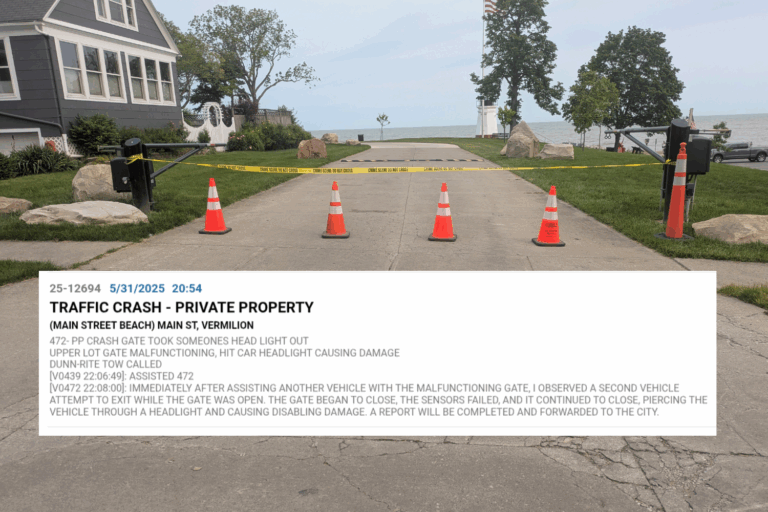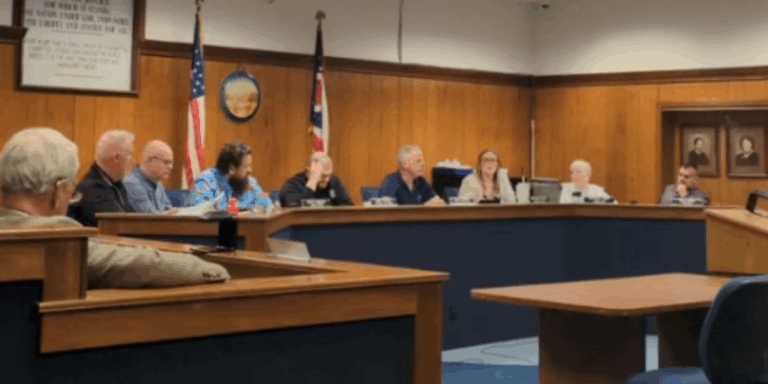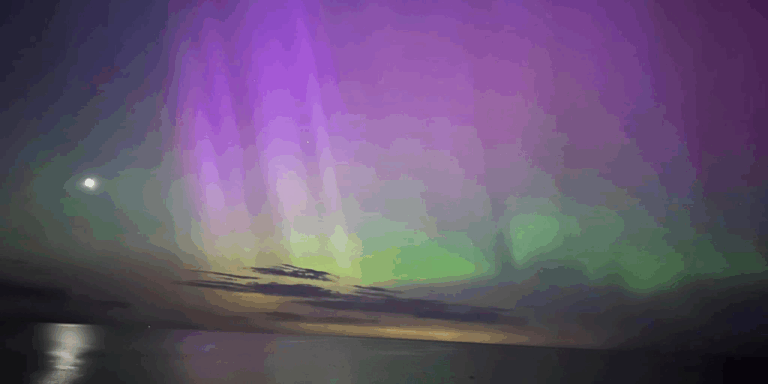
A powerful solar eruption may deliver one of the most intense geomagnetic storms of the year late Sunday night into early Monday morning, potentially making the aurora borealis visible across much of the continental United States.
On Friday, the Sun unleashed an M8.2-class solar flare along with a direct coronal mass ejection (CME) aimed at Earth. According to the National Oceanic and Atmospheric Administration’s Space Weather Prediction Center (SWPC), the resulting disturbance could trigger strong G3 to severe G4-level geomagnetic storm conditions — with a small chance of reaching G5, the highest classification on the geomagnetic storm scale.
If the CME interacts strongly with Earth’s magnetic field, auroras could be seen at much lower latitudes than usual. This would mark the most widespread opportunity for northern lights viewing since October 2024.
The exact strength of the incoming storm remains uncertain until the solar material reaches observation satellites located about one million miles from Earth. These instruments provide real-time data on solar wind speed and magnetic orientation, key factors in determining whether a storm will have a strong visual impact on Earth.
Meteorologist Chris Vickers noted the significance of the event, calling it “perhaps the best chance to view the Northern Lights since October of 2024.”
Skywatchers are advised to prepare for potential viewing opportunities by seeking dark, north-facing locations far from city lights. Conditions are expected to intensify late Sunday and continue into early Monday morning.

NOAA continues to monitor the situation and will issue updated alerts as new data becomes available.





